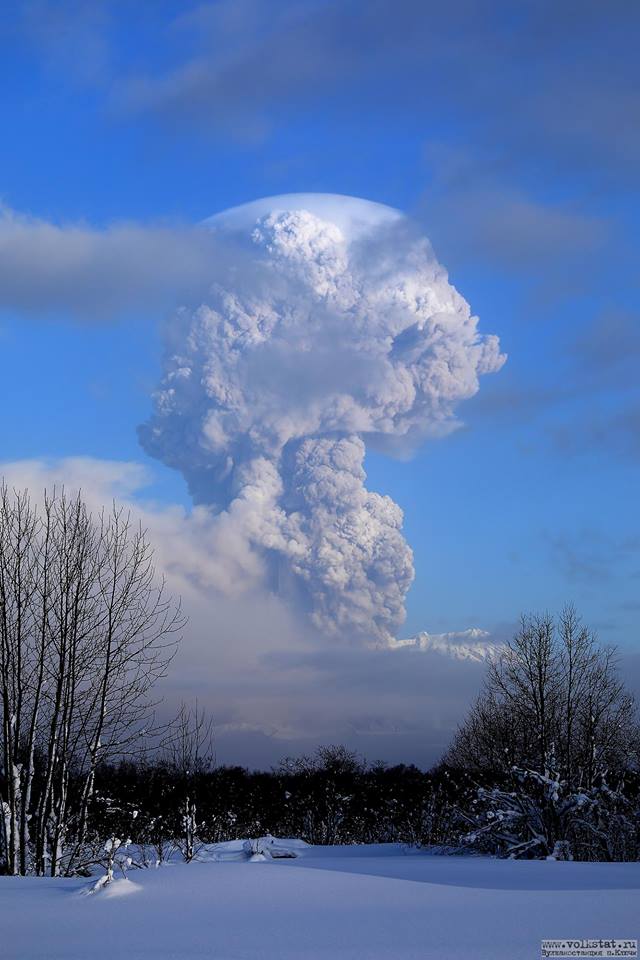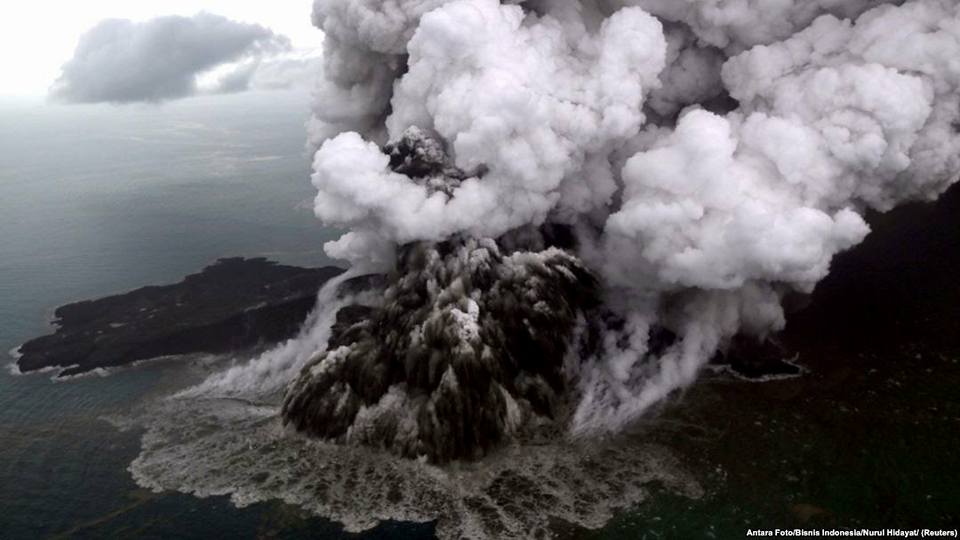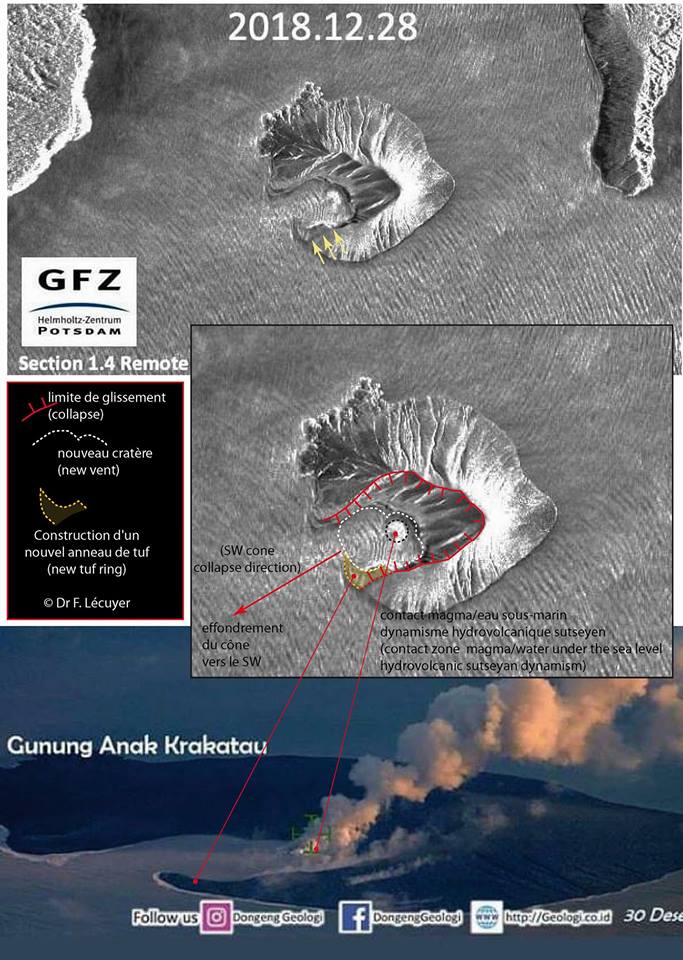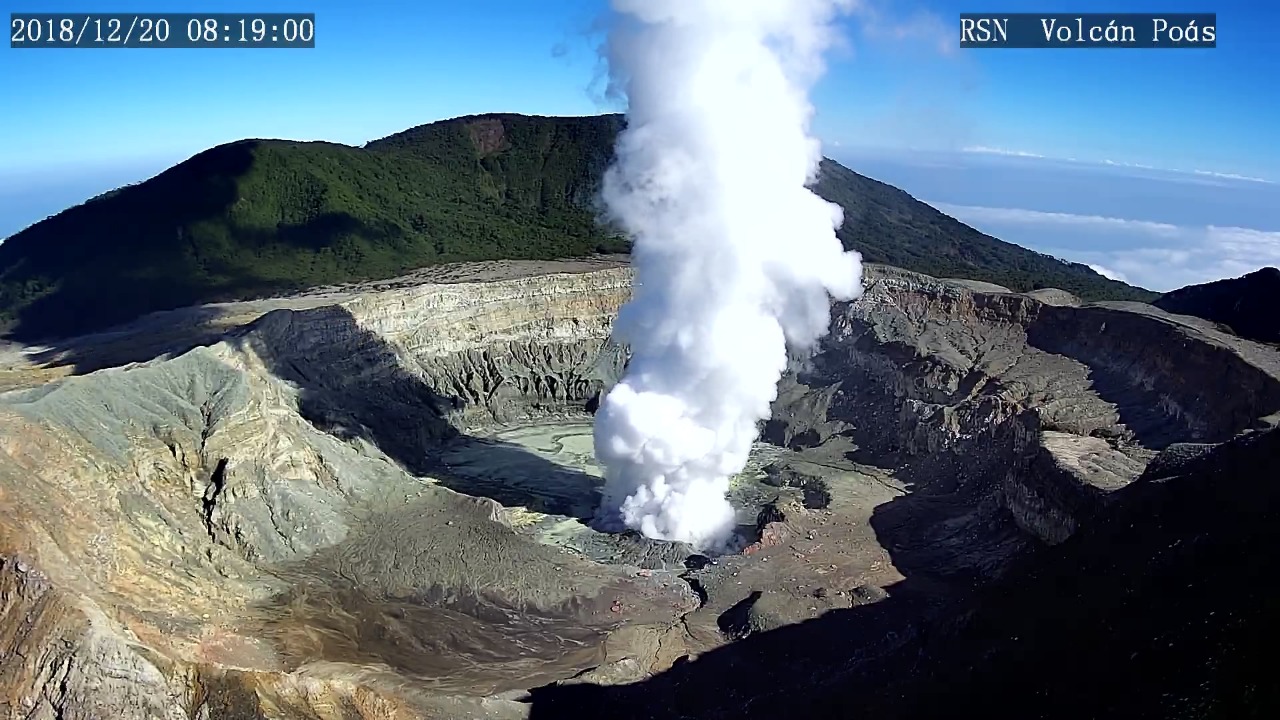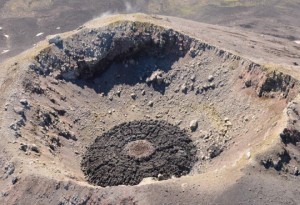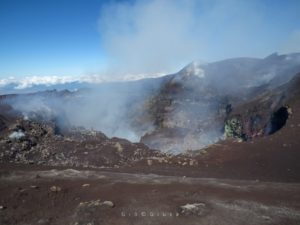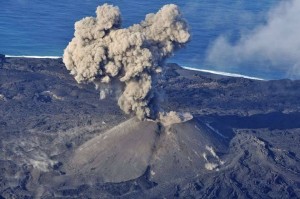January 01 , 2019.
Russia / Kamchatka , Sheveluch :
VOLCANO OBSERVATORY NOTICE FOR AVIATION (VONA).
Issued: January 01 , 2019
Volcano:Sheveluch (CAVW #300270)
Current aviation colour code:ORANGE
Previous aviation colour code:orange
Source:KVERT
Notice Number:2019-02
Volcano Location:N 56 deg 38 min E 161 deg 18 min
Area: Kamchatka, Russia
Summit Elevation:10768.24 ft (3283 m), the dome elevation ~8200 ft (2500 m)
Volcanic Activity Summary:
An eruptive activity of the volcano continues. According to video and satellite data, a strong gas-steam plume with some amount of ash on the height 4.5 km a.s.l. continues to drift to the south from the volcano.
A moderate gas-steam activity of the volcano continues. Ash explosions up to 32,800-49,200 ft (10-15 km) a.s.l. could occur at any time. Ongoing activity could affect international and low-flying aircrafts.
Volcanic cloud height:
14760 ft (4500 m) AMSL Time and method of ash plume/cloud height determination: 20190101/0445Z – Video data
Other volcanic cloud information:
Distance of ash plume/cloud of the volcano: 73 mi (118 km)
Direction of drift of ash plume/cloud of the volcano: S / azimuth 182 deg
Time and method of ash plume/cloud determination: 20190101/0400Z – Himawari-8
Source : Kvert
Photo : Кирилл Баканов.
El Salvador , San Miguel ( Chaparrastique ) :
Since Monday, December 24 in the morning, the activity of the Chaparrastique volcano has increased. We observe the emission of gas pulses accompanied by fine materials.
Since then, gas emissions have persisted on the Chaparrastique volcano.
31 DECEMBER 2018. El Chaparrastique volcano in El Salvador continues to emit « pulses of gases » and seismic activity suffered a « slight » increase in the eastern part of the country, where the geological structure is located, reported the Ministry of Environment and Natural Resources (MARN).
The emission of gases, which began on December 24, produced, in the last three hours, pulses that rise between 100 and 120 meters from the crater, and the seismic vibration oscillates between 69 and 96 units RSAM (Measurement of Seismic Amplitudes in Real Time) average hour, when the normal is 50 units.

The MARN added that the fluctuations observed in the volcano, which is located in the department of San Miguel, « may vary with the passing of the hours, » which is why the « reinforced monitoring device » by state entities continues. .
The entity called on citizens not to approach the upper part of the volcano, due to the degree of danger it presents, and asked the inhabitants of the area to remain attentive to the information provided by official means and to ignore rumors from unofficial sources.
Civil Protection issued an orange alert (vigilance) that remains permanent in the foothills of the volcano, located about 138 kilometers southeast of the Salvadoran capital.
Source : Marn , El Diario / https://www.eldiario.es/sociedad/Persiste-emision-volcan-Chaparrastique-Salvador_0_852165146.html
Indonesia , Anak Krakatau :
The PVMBG detected four earthquakes from the eruption of Mount Anak Krakatau (Child of Krakatoa) throughout Sunday, December 30, that lasted to Monday dawn. However, no clattering sounds were heard from the volcano.
The Volcanology and Geological Disaster Mitigation Center’s (PVMBG) Anak Krakatau monitoring post member Dany Mardiono said that the mist coming from the mountain could be seen with naked eyes and constitutes to a level 0-III mist.
The thick white volcanic mist is boosted vertically upwards to a height of approximately 100-300 meters above the mountain’s peak. Not thumping sounds were heard coming from Anak Krakatau and the oceans were also calm.
Aerial images of the mount Anak Krakatau activity .
The overall height of Mount Anak Krakatau has diminished quite considerably from 338-meters above sea level into the current height of 110-meters. People are highly advised to avoid entering Krakatau’s no-go zone that covers the volcano’s 5-kilometer perimeter.
I relay a very good info of Frédéric Lécuyer on the « new Anak Krakatau:
The December 28 satellite image clearly shows the open collapse zone towards the SW … even if it seems that this one is already partially masked (yellow arrows) by the fallout of the surtseyenne activity which is has been produced since 22! With a non-spherical crater possessing in addition a lobe characteristic of hydrovolcanism.
This same activity has already covered what remains of the island and started to rebuild a part of the ring of tuffs (still for the moment a crescent of tuffs!) It seems in some photos that the vegetation has completely disappeared .. but the photos are not of very good quality, a doubt remains. If you have any information, they are welcome!
The zone where the underwater contact between the magma and the water occurs is also visible … the superposition with a satellite image of the old cone should confirm that the magma column is still in the same place. And that’s the cone that’s gone!
Source : TEMPO.CO, Frédéric Lécuyer. ( https://www.facebook.com/photo.php?fbid=2054983474548138&set=a.995660657147097&type=3&theater&ifg=1 )
Photo : Nunul Hidayat via Putra Wahyu
Costa Rica , Turrialba / Poas :
Daily report on the state of volcanoes. OVSICORI-UNA
Date: December 31st 2018, Updated at: 10:44:00 AM
Turrialba Volcano
On December 31, 2018 at 6:20 am local time, there was an eruption on the Turrialba volcano, with a column that rose 200 meters above crater height and 3540 meters above sea level. (meters above sea level) (11611.2 ft).
Duration of the activity: 2 hours minutes.
The seismic activity is lower than yesterday.
At the time of this report, the winds blow towards the West.
The Turrialba volcano maintains sporadic passive eruptions of low impact, with emission of very diluted ash in the plume of gas and water vapor. The emission does not exceed 200 meters above the summit. The night glow is kept in the active crater. Seismicity is dominated by low frequency volcanic earthquakes and very sporadic tremor. No smell of ash or sulfur is reported at the time of writing.
Poas Volcano
No eruptions are reported.
The seismic activity is more important than yesterday.
At the time of this report, the winds blow towards the West
The Poás volcano continues with frequent eruptions of water vapor containing magmatic gases through the fumaroles inside the active crater. Seismic activity is dominated by frequent low frequency volcanic earthquakes and short tremors associated with vapor emissions. The crater lagoon is maintained with a low water level and a milky green color. The ratio of CO2 / SO2 gases has increased slightly since December 28, while SO2 concentrations have fluctuated between 0.4 ppm and 15 ppm.
Source : Ovsicori .
Photos : RSN

